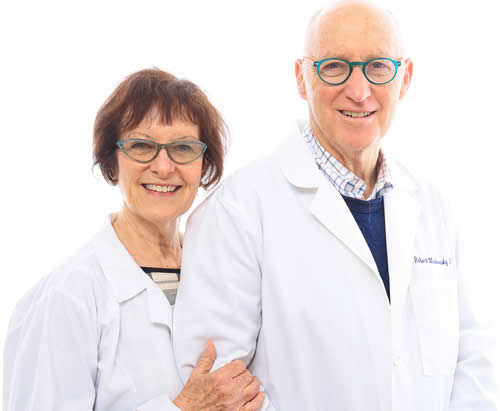What is Osteopathy?
“The goal of visceral manipulation is to help restore balance and equilibrium to the body as a whole and the organ systems in particular….Using visceral manipulation when treating functional imbalance can accelerate healing and diminish symptoms.”
Dr. Robert Minkowsky

Looking for an osteopathic doctor in San Francisco?
The History of Osteopathy
The practice of osteopathy was developed by Andrew Taylor Still in the late 19th century. Still was a medical doctor, but he broke off from traditional allopathic medicine after losing his wife and 3 daughters to meningitis.
The guiding principle of osteopathy is that the human body has the capacity to heal itself and that this force can be harnessed in the treatment of individuals. In particular, osteopaths developed a very detailed system for the evaluation and treatment of musculoskeletal problems.
Focus on Function
Whereas traditional orthopedists focus primarily on structural changes to anatomy (disc rupture, tendon tear), osteopaths focus on function. How is a knee functioning in the context of the lower limb? Are there symptoms in a knee that relate to a problem in a foot or a hip? Is a back pain related to scar tissue or adhesions in the abdomen or pelvis from a previous inflammatory condition or surgery?
There is no joint or part of the body that functions in total isolation. Muscle groups cross anatomic regions, linking for example the neck to the shoulder and midback (trapezius) or the sacrum and coccyx to the shoulder (latissimus dorsi). Why should we ever assume that pain in the low back, neck or hip is caused by an issue at that particular anatomic location as there are always a myriad of influences that affect how any specific joint or region actually functions.
Examination of one isolated area where an individual has symptoms and not relating that region to the rest of the body is removing a problem from context and often leads to poor results. This is further compounded by reliance on radiographic or MRI imaging of a region rather than relating the imaging results to a clinical evaluation of the entire body. Osteopaths do just that. They examine the total patient and try to relate the specific symptoms to the function of the entire body as a total entity.
Osteopathic Medical Treatments
Once a specific diagnosis has been made there are many manipulative techniques that osteopaths use to improve function in a region. They include muscle energy, myofascial, craniosacral and visceral manipulation. The goal is always the same; to bring an individual back to a better balance point. Symptoms occur in the musculoskeletal system when we hit the “tipping point”. When the body is balanced and in equilibrium, we are usually free of symptoms, despite anatomical changes that occur in all of us as we age.
Osteopathy differs from chiropractic care. Chiropractors focus more on structural alignment of joints. There is extensive use of x-ray looking for misalignment. In fact over time everyone develops structural asymmetry. Osteopaths focus on function. As long as a joint is working, its asymmetry is less important.
Osteopathy is the most patient friendly approach to the body. It tries to look at individuals as complete entities and not as a collection of isolated independent parts. This approach is consistent with the way that we are constructed – as multi-system complex organisms all of whose parts are totally connected.

Looking for a Spine Doctor in San Francisco?
Telemedicine Available. Contact Us!
Physicians' Back Institute SF
Schedule Your Consultation Today
(415) 776-4644
Don’t let chronic pain and musculoskeletal injuries affect your quality of life. Drs. Irène and Robert Minkowsky have helped thousands of patients. Let the doctors at the Physicians’ Back Institute treat you so you can enjoy an active lifestyle. They are proud to serve the San Francisco Bay Area.
We are located at
2000 Van Ness Ave, #305
San Francisco, CA 94109
(415) 776-4644
Call us for more information about how we can help you.

